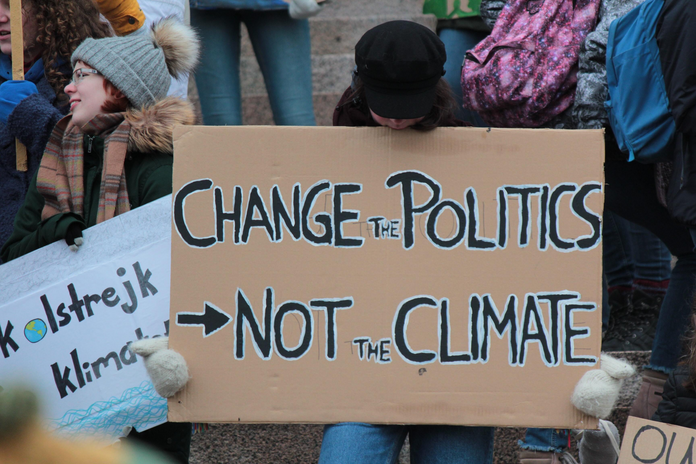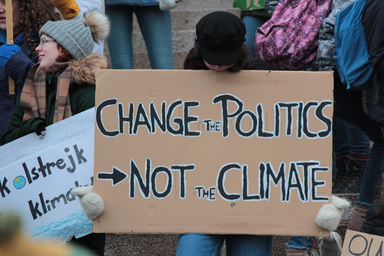This article is written by a student writer from the Her Campus at ICU (Japan) chapter.
Climate restoration might seem like a difficult task but it is possible and extremely effective on the environment. Anyone and everyone can help with the restoration and lend a hand in dealing with climate change.
Let’s look at some of the methods that are effectively alleviating climate change:
- Seagrass Restoration
- First let’s talk about why seagrass is important for the climate:
- they provide a habitat for several marine species
- they store carbon
- they filter microplastics
- In the 1930s, large amounts of seagrass had started to disappear in the U.S. east coast (because of a disease). This was when several environmentalists took it in their hands to help restore the seagrass. Despite scientists thinking that it was almost impossible to do so, since 2001, almost 75 million seeds have been planted and over 9,000 acres of eelgrass has been restored.
- The oceans and seas are heavily polluted with plastics and factory residues. This particular type of pollution is not only harmful for the marine species but also extremely crucial to the quality of water supply for the humans. The restoration of the seagrass is a critical step in preventing climate change because it proves that consistently trying to protect the environment will make anything that might seem impossible, possible.
- First let’s talk about why seagrass is important for the climate:
- Reforestation
- 95.5% Trees in the Bulcão Farm in Aimorés, Minas Gerais were cut down.
- Sebastião Salgado and Lélia Deluiz Wanick Salgado started an initiative to plant over 2.7 million trees over the past 20 years
- The Bulcão Farm has been successfully restored and looks greener than it ever did.
- This initiative proves that effective restoration can be done with just a few dedicated individuals. There were only two in this case, so imagine what amazing changes will be if we all took initiatives.
- 95.5% Trees in the Bulcão Farm in Aimorés, Minas Gerais were cut down.
- The Great Green Wall
- The Great Green Wall is a project led by an African Union to create the largest living structure on the planet while restoring nearly 30 million acres of degraded land in the Sahel region.
- This project has the potential to
- Store 250 million tons of carbon
- Create 10 million green jobs
- Establish food and water security
- Increase biodiversity and ecosystem services
- This project has the potential to
- The Great Green Wall is a project led by an African Union to create the largest living structure on the planet while restoring nearly 30 million acres of degraded land in the Sahel region.
Restoration and environmental management are extremely effective and important parts of dealing with environmental changes. Because of these types of restoration programs, there are increasing, positive changes in the climate. Perhaps this can be the beginning of reversing the damage we’ve caused the planet over the years.


